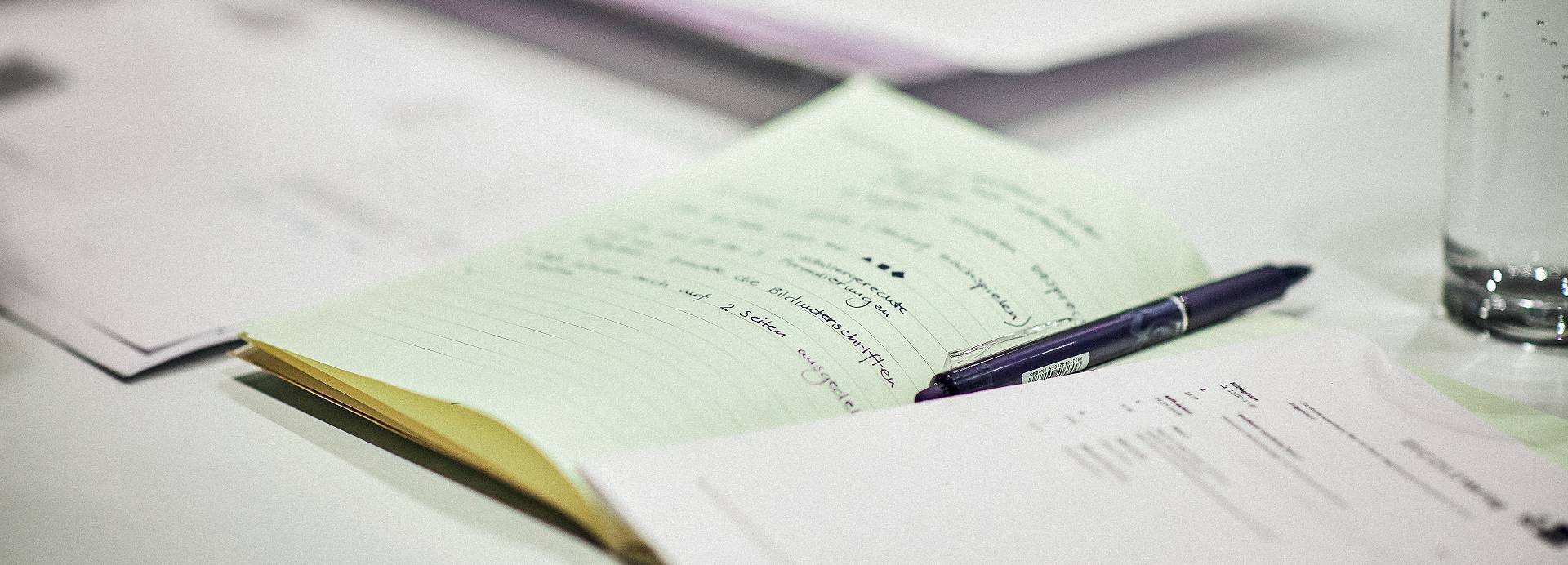
Active Note Taking - Sketch Series - The Design Sprint Unpacked
Sixty Second Summary
In this series of articles, we’re taking a look at the individual parts which make up a Design Sprint, how each part helps us work towards a user-tested prototype, and how you can use the activity on its own within your business’s Design-led decision making process.
Now we begin a series of articles about the “Four-Part Sketch” Design Sprint activity. Today, we’re taking a look at the first of these four parts, Note Taking.
Full Article - 3 Minute Read
Active Note Taking
The first part of the Four-Part Sketch is super easy. You and your Sprint Team should spend 20 minutes walking around the room - or moving around the virtual resources if you’re running a Remote Design Sprint - and taking notes. These notes should act as the “greatest hits” of everything you’ve done in the previous activities in the Sprint, serving as a way to refresh your memory and to bring together all the information that’s relevant to your particular area of sketching (see Divide or Swarm).
During this article we’re going to talk about writing a lot, and we do mean writing - with a pen or pencil on paper. It has been shown time and time again that the act of writing helps reinforce the subject in your short-term memory.

Structuring Your Notes
The first thing you should do is copy down the long-term goal for this Sprint as well as the target customer and the step in the map that you’re focusing on. This will help keep you focussed on the area you’re making notes around, and means you don’t have to keep going back to the goal and map.
Next, look through all the information that you have available to you on the boards, and take down notes that are relevant to your focus - don’t worry about coming up with new ideas here, we’re just wanting to get down all the information that’s relevant to us at this moment, and we won’t be sharing these notes with anyone else.
If there’s something that came from the Lightning Demos or there’s something on the company’s own website that you need to expand on, this is another rare exception to the no-devices rule, so let you and your team use your smartphones, tablets and laptops to remind yourself of what you’ve seen. At the end of the 20 minutes of note taking, it’s time for everyone to close down their devices and spend 3 minutes looking at their notes, reviewing what they wrote down. At this time, it makes sense to circle the notes that stand out. This will help you in the next step - Idea Sketching - which we’ll get to, tomorrow.
Tomorrow
Come back next week for the second part of the Sketch Series, Idea Sketching, where we’ll look at taking a second round of notes, this time with a focus on quick and exploratory sketches.
To be the first to know when each The Design Sprint Unpacked drops, make sure to join our mailing list or follow us on LinkedIn or Twitter.